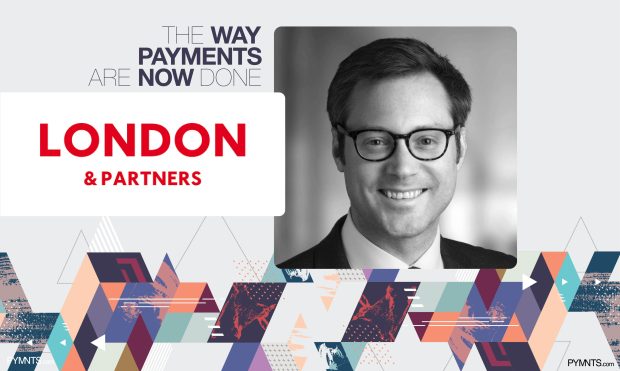More Tech Isn’t Always The Answer

Allen Simpson, acting CEO of London & Partners, discusses how new, pandemic-driven payment models have put cash at risk. “At a societal level, the solution is not further technological innovation nor access to technology, but a model that recognizes the need to keep cash as an option, everywhere,” he says in “The Way Payments Are Now Done,” where 33 payment executives discuss what payments’ “new normal” looks like.
One of the most interesting sessions at September’s London Tech Week was a conversation between CNBC journalist Karen Tso and Sebastian Siemiatkowski, the founder of Klarna.
Siemiatkowski made the point that sustainable disruption is about new business models, not just better technology. That is true for a firm wanting to stake out a place in the market, but it’s also true at the societal level.
It prompted a thought about the challenge that disruptive payments models have brought to financial inclusion in much of the West. A few years ago, pricing models across the payment chain made card transactions for small purchases uneconomic – way past the point of technology – and societal adoption would have allowed them.
We can quibble about why that was – and the traditional players in this space have a case when they say they were simply pricing the capital costs of the legacy payments architecture – but the fact of the matter is that if you tried to buy a Mars bar with a Visa card, you’d have to deal with one very annoyed shopkeeper.
Now, particularly in big cities, many vendors are card-only. The pandemic has accelerated the trend for obvious reasons, but that acceleration has only been made possible by disruptive models, which have outcompeted the legacy players on cost and found technology solutions to make card payments possible outside of fixed premises.
The problem, of course, is that the business model that has brought small transaction vendors into the cashless economy has yet to find an answer for the vendors’ customers that the model excludes.
There are many reasons a person may not be able to go cashless, and being unbanked is perhaps the least common. People deep in their overdraft are often unwilling to put cash in the bank. Victims of domestic abuse often keep cash to retain some measure of independence. Some workers are paid in cash daily. In practice, a 100% cashless model is unviable.
This problem is well-documented. The U.K. government has just closed a consultation on access to cash, which was a thoughtful piece of work. However, it does include what seems an important confusion. The report notes that most of us in the U.K. live within one kilometer of an ATM. ATMs are operated by legacy banks, which are under enormous political and regulatory pressure to maintain coverage – so the substance of the problem is the ability to use cash, not withdraw it.
Currently, cashless vendors are largely in the discretionary spend space – coffee, pastries, office lunches. But the speed of adoption suggests that will change. We should be uncomfortable that anyone is excluded from simple pleasures like a flat white, but the problem becomes systemic if it becomes hard to buy groceries or sanitary products using cash.
New payments models – accelerated by the pandemic – risk tipping cash toward unviability. At a societal level, the solution is not further technological innovation nor access to technology, but a model that recognizes the need to keep cash as an option, everywhere.